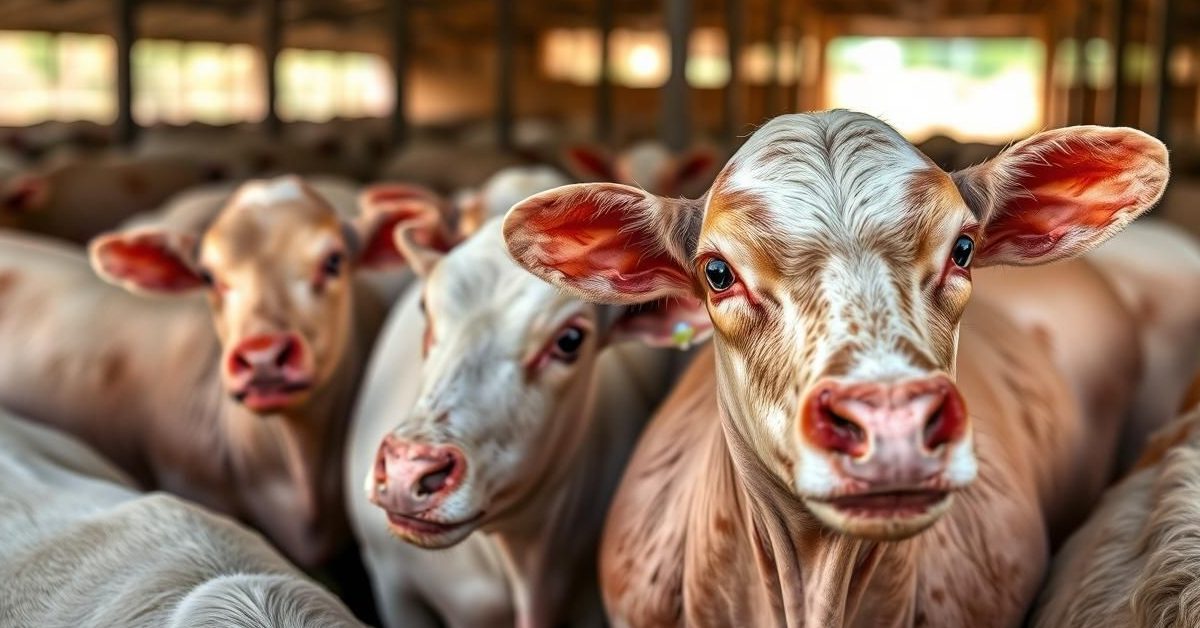India’s Meat Sector Soars: A Decade of Unprecedented Growth
A quiet revolution has been unfolding within India’s vast agricultural landscape. Over the past decade, the nation’s meat sector has experienced an extraordinary boom, dramatically increasing its contribution to the overall farm output. This significant shift highlights changing consumer preferences, technological advancements, and strategic investments across the country.
Meat’s Rising Share in Farm Output
Recent data from the Ministry of Statistics and Programme Implementation (MoSPI) paints a compelling picture. From 2011-12 to 2023-24, the meat sector’s share in the value of India’s agriculture sector output, when measured at constant prices, surged from 5% to a notable 7.5%. This 2.5 percentage point increase underscores a profound rebalancing within the agricultural economy. Even when considering current prices, which are not adjusted for inflation, the growth trajectory remained consistent, with meat’s Gross Value of Output (GVO) share climbing to 7.7% in 2023-24 from its initial 5% a decade prior.
The Livestock Sector: A Powerhouse Unleashed
Beyond just meat, the broader livestock sector has emerged as a formidable economic force. MoSPI’s ‘Value of Output from Agriculture and Allied Sectors’ report proudly declares a “significant boom” in this domain. The GVO of the entire livestock sector nearly doubled, expanding from Rs 4.88 lakh crore in 2011-12 to a staggering Rs 9.19 lakh crore by 2023-24, all at constant prices. This robust growth has elevated livestock’s contribution to the total GVO of agriculture and allied activities, pushing its share from 25.6% to 31.2% over the same period. This substantial increase positions the livestock industry as a critical driver of rural prosperity and national economic health.
Evolving Dynamics: Meat Gains on Milk
While milk has historically dominated the livestock category, retaining its position as the top contributor, its stronghold has subtly diminished. Its share within the livestock GVO has dipped from 67.2% to 65.9% over the past decade. Simultaneously, the share of meat has grown robustly, expanding from 19.7% to 24.1%. This trend indicates a diversifying demand within the animal products market, with meat consumption and production gaining significant momentum.
Driving the Surge: Innovation and Infrastructure
What fuels this remarkable expansion? The MoSPI report attributes the livestock sector’s success to a blend of innovation and improved infrastructure. The application of advanced biotechnology and refined breeding techniques has been pivotal, leading to enhanced productivity and higher yields across milk, meat, and other animal products. Furthermore, strategic investments in critical infrastructure, such as sophisticated cold chains and comprehensive veterinary services, have played a vital role. These improvements have not only bolstered animal health but also significantly elevated product quality, making Indian meat products more competitive and desirable.
India’s Ascendant Role in Global Meat Exports
The domestic boom mirrors India’s growing prominence in the international meat trade. In the fiscal year 2023-24, India’s meat exports reached an impressive $3.83 billion, marking a substantial 17% increase from the previous year. Buffalo meat stands as the cornerstone of these shipments, accounting for nearly 98% of India’s outbound meat consignments. Its exports alone witnessed a 17.1% surge, touching $3.74 billion.
Uttar Pradesh, a key agricultural state, contributes nearly 60% to India’s buffalo meat exports, highlighting its crucial role in this burgeoning industry. It’s important to note the clear distinction in trade policy: Commerce and Industry Minister Piyush Goyal clarified in the Rajya Sabha in December 2024 that the export of beef, encompassing meat and edible offal of cows, oxen, and calves, remains prohibited under India’s Foreign Trade Policy.
The Shifting Landscape of Indian Agriculture
As the livestock and meat sectors flourish, the contribution of traditional crops to the overall GVO of agriculture and allied activities has naturally seen a proportional decline. Although crops remain the undisputed “backbone of Indian agriculture,” their share reduced from 62.4% in 2011-12 to 54.1% in 2023-24. This evolution signifies a broader, healthier diversification within the Indian agricultural economy, driven by changing demand patterns, targeted policy support, and continuous technological advancements.
Within the crop segment itself, fascinating shifts are underway. While cereals, fruits, and vegetables continue to dominate, a notable rise in the share of ‘spices and condiments’ (from 3.9% to 5.9%) suggests increasing domestic and export demand, potentially spurred by improved processing and branding efforts. The domestic fruit market also saw an intriguing contest, with bananas maintaining their lead over mangoes in GVO for the second consecutive year in 2023-24, though mangoes showed a strong resurgence, clawing back some ground.
India’s agricultural sector is not static; it is a dynamic, evolving ecosystem, increasingly diverse and responsive to global trends and domestic needs. The meteoric rise of the meat sector is a testament to this ongoing transformation.















